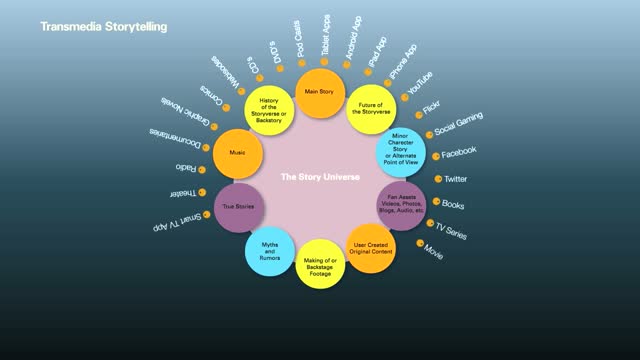But learning professionals have not yet explored in much detail the possibilities of transmedia storytelling for learning. Often touted as the future of television and film, does transmedia storytelling represent the future of mLearning as well?
 |
| Transmedia Storytelling
Recently in Fast Company, Henry Jenkins authored a great article about the seven myths surrounding transmedia storytelling. The original article can be found here.
In transmedia, elements of a story are dispersed systematically across multiple media platforms, each making their own unique contribution to the whole. Each medium does what it does best–comics might provide back-story, games might allow you to explore the world, and the television series offers unfolding episodes.
To make your transmedia experience accessible you need to connect with your audience
|
 |
|
Lawrence Lessig argues that the one-to-many mass media model of the 20th century was a stifling of culture and creativity. “Culture moved from a read-write to a read-only existence,” he said in a 2007 TED conference. In making his point that digital technology has moved culture back to a read-write existence, he shows amateur remix videos that became viral phenomena. “The importance of this is not the technique you’ve seen here,” he notes about the work, “because every technique you’ve seen here is something that television and film producers have been able to do for the last 50 years. The importance is that that technique has been democratized. It is now anybody with access to a $1,500 computer who can take sounds and images from the culture around us and use them to say things differently.”
|


No comments:
Post a Comment